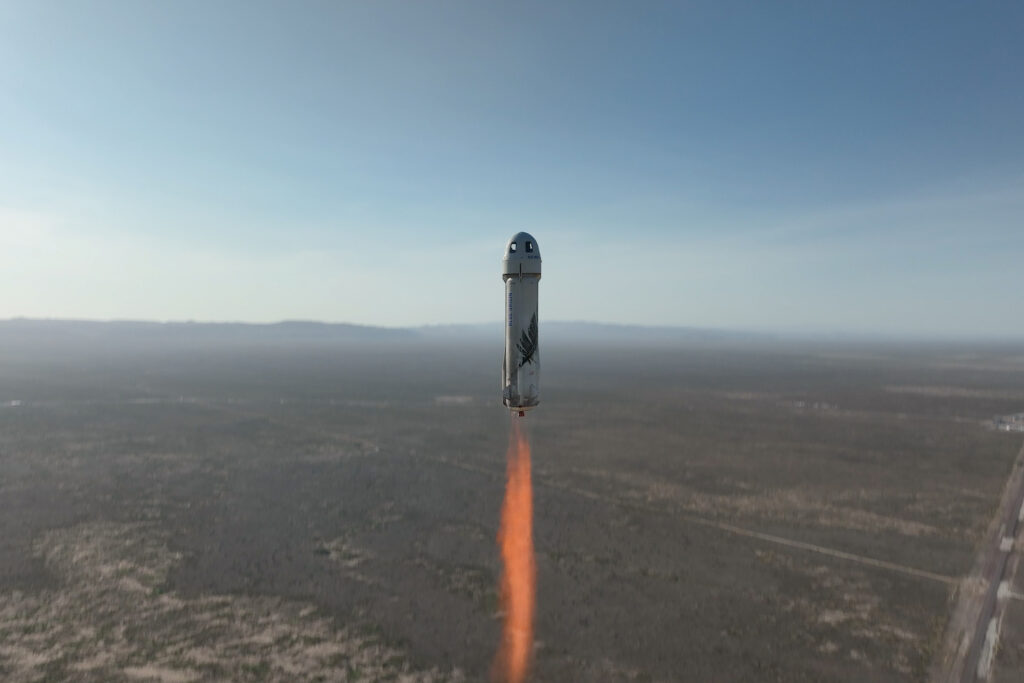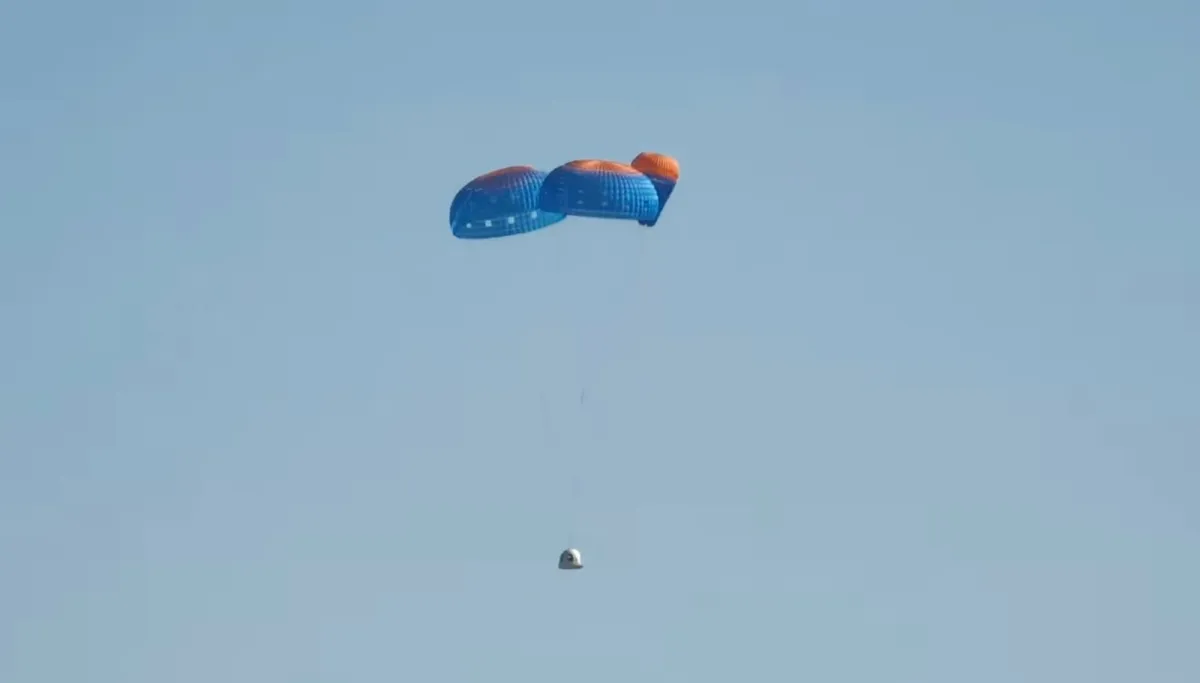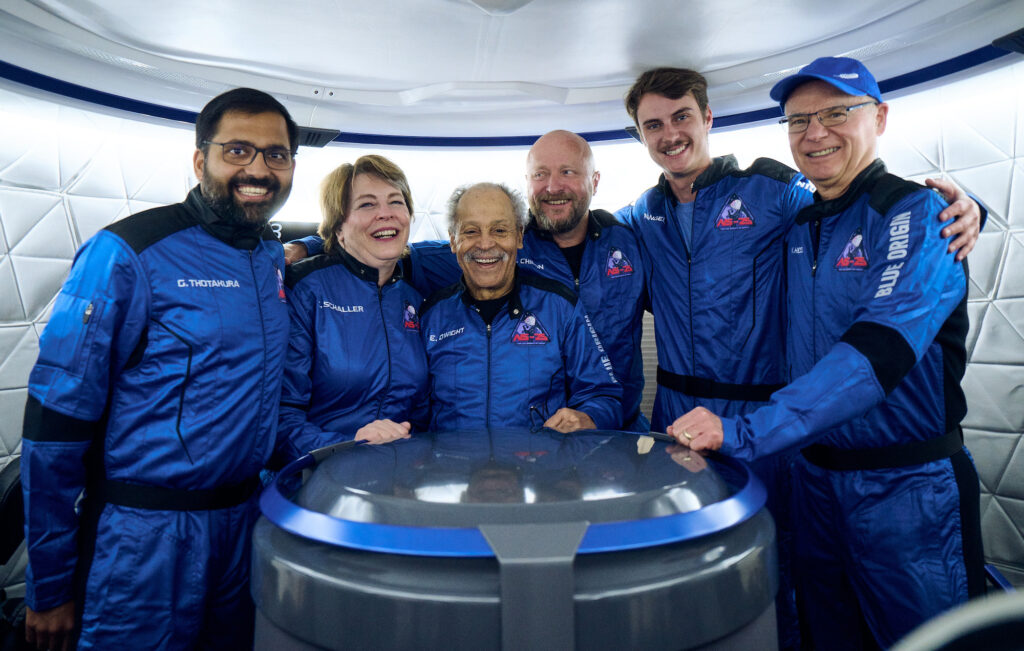Blue Origin has carried out the first manned launch of the New Shepard spacecraft in almost two years. As part of the NS-25 mission, it sent six people on a suborbital flight, including former astronaut candidate Ed Dwight, who became the oldest man in space.

New Shepard was launched on May 19 from the company’s launch pad in West Texas. The spacecraft ascent was carried out in normal mode. After separation from the booster, the capsule with passengers continued to ascend, reaching a maximum height of 106 km. For a few minutes, the participants of the flight found themselves in outer space and were able to experience the feeling of weightlessness.
Already during the descent, an incident occurred: one of the three New Shepard parachutes did not fully open. Because of this, the capsule of the spacecraft landed about 20 seconds faster than during previous flights. In turn, representatives of Blue Origin noted that the capsule was designed for a safe landing with only two parachutes. No one was injured during the landing.

Of the six participants in the New Shepard flight, former pilot Ed Dwight received the most media attention. In 1961, he became the first black pilot to be considered as an astronaut candidate. However, Dwight was never selected by NASA. In 1966, he left the United States Air Force and became a sculptor.

Thanks to the flight, Dwight became the oldest person in the world to travel in space, taking this title away from actor William Shatner. At the time of the flight on New Shepard, he was 90 years old, 8 months and 10 days old. After landing, Dwight said he was “ecstatic” and added the following: “This is a life-changing experience,” he said. “I thought I didn’t need it in my life. But I lied.”
The last flight was the first manned New Shepard mission since August 2022. In September 2022, an engine malfunction occurred during the NS-23 flight. As a result, the automation activated the emergency rescue system. It separated the capsule of the spacecraft (there were no people on board, only various instruments), after which it made a soft landing on parachutes. As for the booster, it crashed. Subsequent investigation established that the cause of the accident was the destruction of the nozzle of the BE-3 engine.
According to Spacenews
Follow us on Twitter to get the most interesting space news in time
https://twitter.com/ust_magazine


